The Ultimate Guide to DOL Fezzes starts with learning about the DOL fez itself. A fez is not just a hat. It holds tradition, culture, and brotherhood. For many fraternities, the fez signifies belonging, honor, and heritage. The DOL fez, in particular,
It is unique in its design and symbolism. You will find it in ceremonies, parades, and cultural events. This guide looks into its history, design, symbolism, and purpose today. At the end, you will know why this little garment has such a large tale.
History and Origins

The fez has roots that trace back centuries. It is often linked to Morocco and the Ottoman Empire. During that time, the fez became a popular piece of clothing among men. It was a symbol of both identity and authority. When fraternal groups began forming, they borrowed this headwear as part of their traditions.
The DOL fez entered fraternal circles with its own meaning. It marked unity, respect, and shared heritage. Over time, its design evolved but the symbolic value remained strong. Members saw it not only as headwear but also as a reminder of their roots.
Design and Symbolism
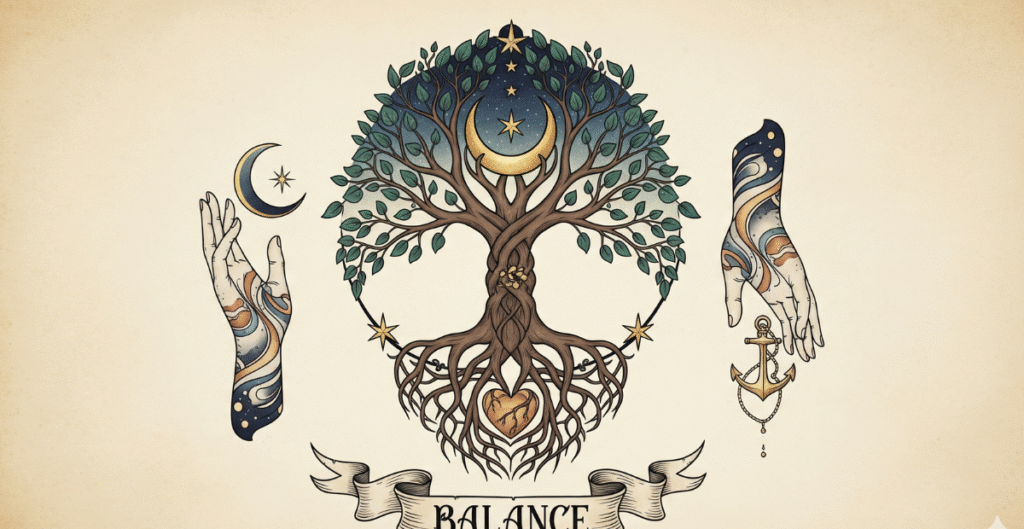
The design of the DOL fez is simple yet powerful. Most are made from felt or wool and shaped in a flat-topped, cone-like style. The color is often deep red or burgundy. A black tassel hangs from the crown, giving it a distinct look.
The symbolism lies in the embroidery. Letters, numbers, and images are stitched on the surface. These designs show rank, role, or honor within the group. The tassel itself can also carry meaning, depending on how it is placed.
SEE MORE: Shriner Fez Hat: History, Symbolism, and Modern Relevance
Common Features of a DOL Fez
| Feature | Description | Meaning |
| Color | Red, burgundy, or black | Tradition and dignity |
| Tassel | Usually black, sometimes gold | Connection to rank or status |
| Embroidery | Letters, logos, or numbers | Group identity and recognition |
| Material | Felt, wool, or velvet | Strength and durability |
Craftsmanship and Materials
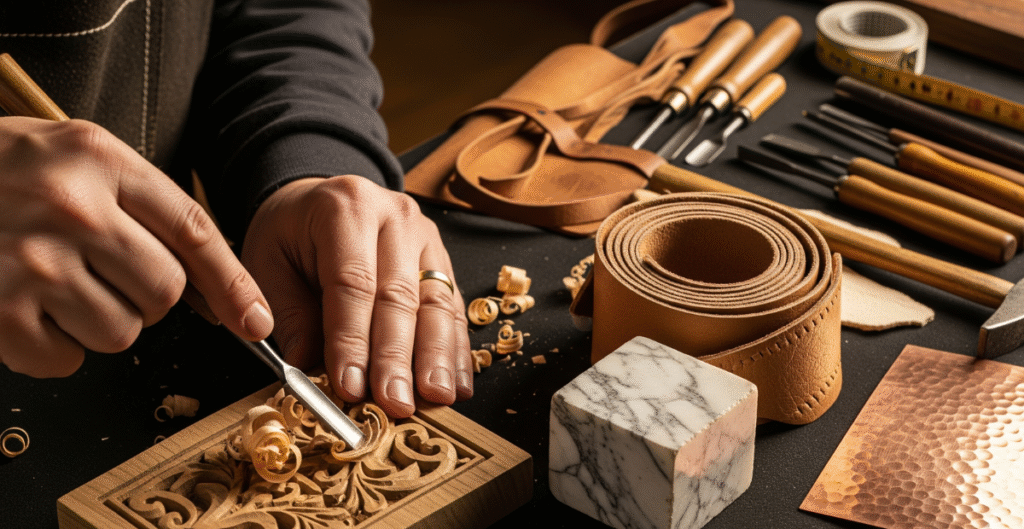
Crafting a fez is a skill passed down for generations. Traditional artisans use wool or felt, shaping it carefully to achieve the stiff cone form. Velvet is sometimes chosen for ceremonial fezzes, giving them a richer look.
In modern times, machines also play a role in creating fezzes. However, handmade versions remain highly valued. Hand-stitching the embroidery makes each fez unique. The thread, often gold or silver, reflects prestige and honor.
Variations of DOL Fezzes
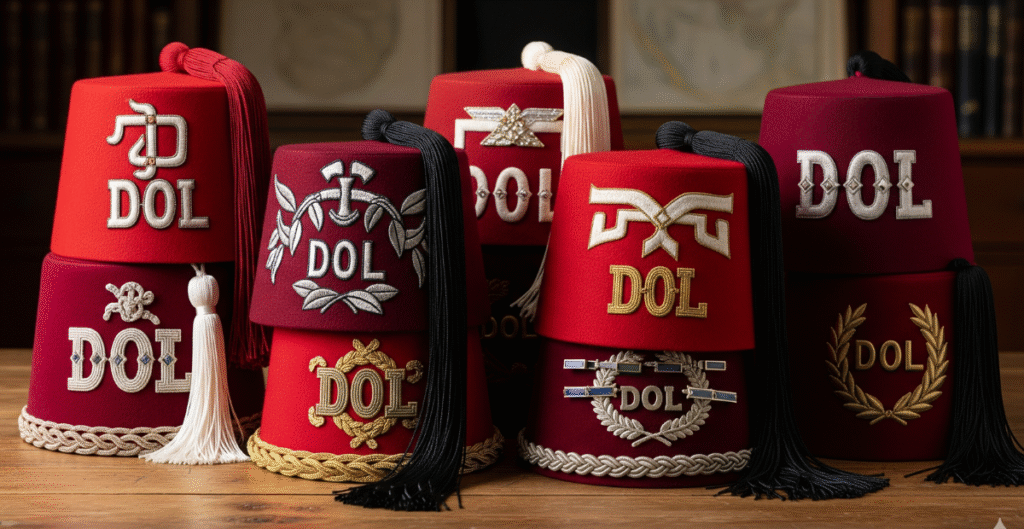
Not all DOL fezzes look the same. Some use different colors to mark rank. Others feature extra embroidery to highlight achievements or offices held. For example, a leader’s fez may carry more detailed stitching than that of a new member.
Special ceremonial fezzes are made for grand occasions. These are often richer in material and heavier in decoration. Everyday regalia is simpler and easier to wear. These differences show the fez is not just fashion but a sign of one’s place in the fraternity.
Cultural and Fraternal Significance
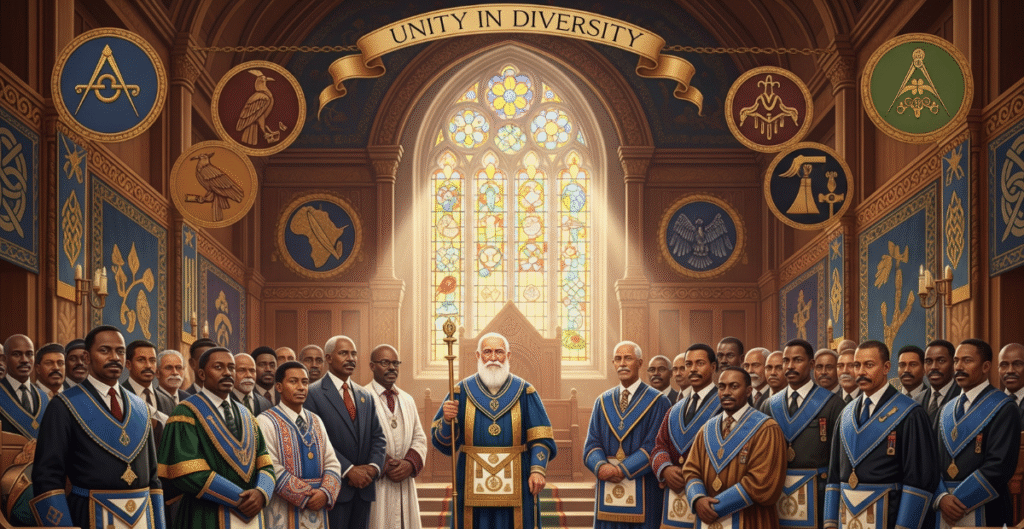
A DOL fez is more than just cloth. It is a badge of identity. Members wear it to show their loyalty to the group. It creates a sense of belonging and shared purpose.
The cultural meaning runs deep as well. Wearing the fez connects present generations to those who came before. It is a living tradition that ties history to modern life. This is why the fez continues to hold such importance.
Modern Use and Preservation

In today’s world, the fez is not as common as it once was. Yet within DOL circles, it is still respected and preserved. Many organizations keep the tradition alive by requiring the fez during rituals and public events.
Collectors also play a role in preserving DOL fezzes. Antique fezzes are kept safe in personal collections and museums. Careful preservation helps protect these pieces of history for future generations.
Controversies and Misconceptions

Not everyone understands the fez. Some see it only as a costume piece. Others confuse it with unrelated symbols or question its use. These misconceptions often overshadow its true meaning.
There are also debates about cultural appropriation. Some argue that fezzes taken from their original culture lose value. Others believe that fraternal groups honor tradition by keeping the fez alive. These discussions show how much meaning a single piece of headwear can hold.
Misconceptions vs. Reality of DOL Fezzes
| Misconception | Reality |
| Fezzes are just costumes | They are symbols of history and fraternity |
| All fezzes look the same | Designs vary by rank, role, and ceremony |
| They are outdated and forgotten | They remain alive in fraternal life today |
| Only for show | Carry deep cultural and symbolic meaning |
Case Studies: DOL Fezzes in Action
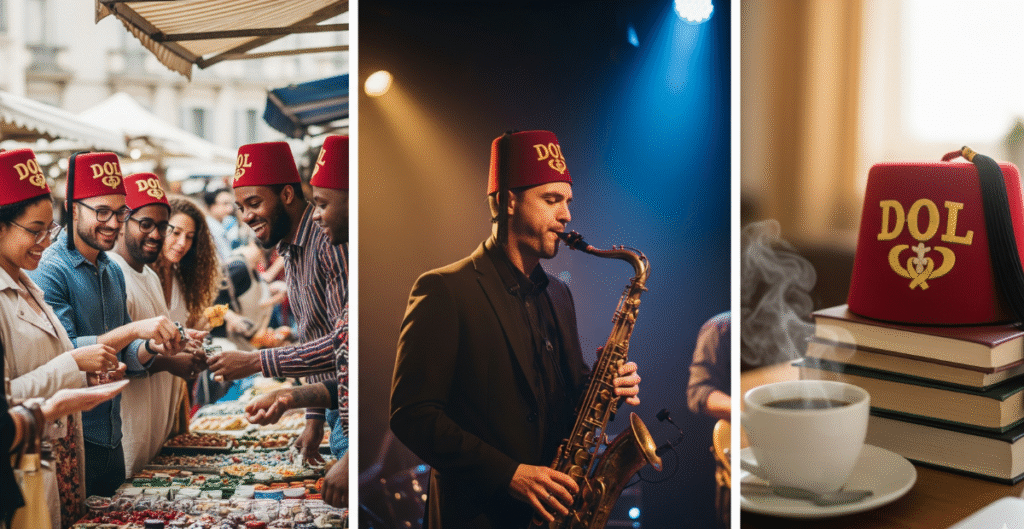
In 2019, a DOL group in the United States used fezzes during a major parade. The headwear attracted public interest and raised awareness of the fraternity’s charitable work. The fez acted as a bridge between tradition and modern outreach.
Another case involves a collection of antique fezzes preserved in a private museum. These pieces dated back over 70 years. They showed how designs had changed through time but the core symbolism remained unchanged. These examples prove the fez is both a living tradition and a preserved heritage.
Timeline of the Fez
| Time Period | Development |
| Ottoman Empire | Popularized across the Middle East |
| 19th Century | Adopted into fraternal organizations |
| Early 20th Century | Spread to parades and cultural events |
| Present Day | Used in rituals, preserved by collectors |
DOL Fezzes in Popular Culture

The DOL fez has also made its way into popular culture. You can see it during public parades, charity events, and cultural festivals. The bright red color and tassel catch the eye and stand out in large gatherings. For many people outside the fraternity, the fez is their first introduction to DOL traditions. It becomes a symbol that connects the group with the wider community.
In films and media, the fez has sometimes been shown as exotic or ceremonial headwear. While not always tied directly to DOL, these appearances build recognition. The fez becomes more than a private regalia piece. It turns into a cultural icon that sparks curiosity and conversation about its deeper meaning.
Collecting DOL Fezzes
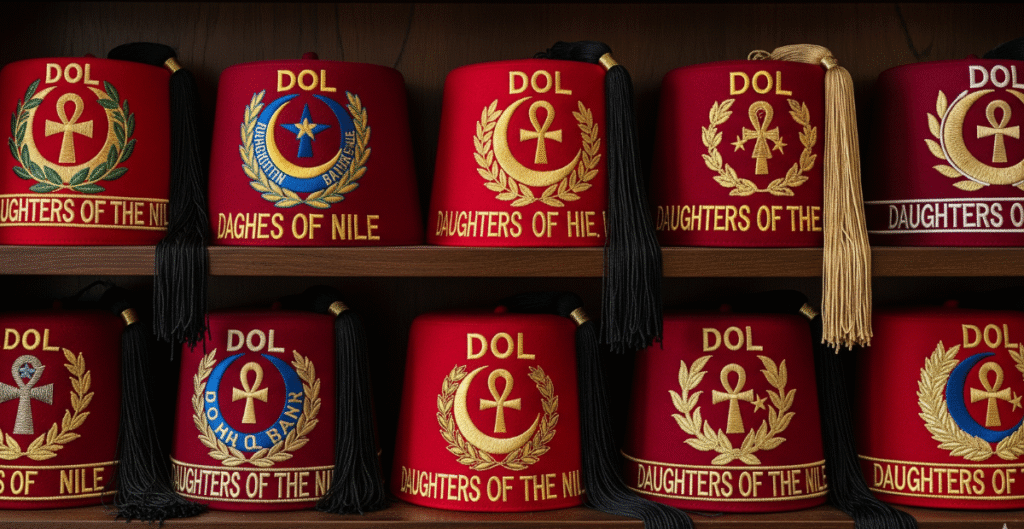
Antique DOL fezzes are sought after by collectors around the world. Each fez tells a story through its stitching, color, and symbols. Older fezzes with hand embroidery often carry higher value, not only in money but also in history. Collectors see them as living pieces of culture, preserved for future study and admiration.
Modern collectors look for rarity and condition. A well-kept fez with bright color and clear embroidery is more valuable than a worn one. Some even catalog their collections and donate them to museums. This keeps the history alive and helps teach others about the meaning behind the fez.
Care and Maintenance of DOL Fezzes
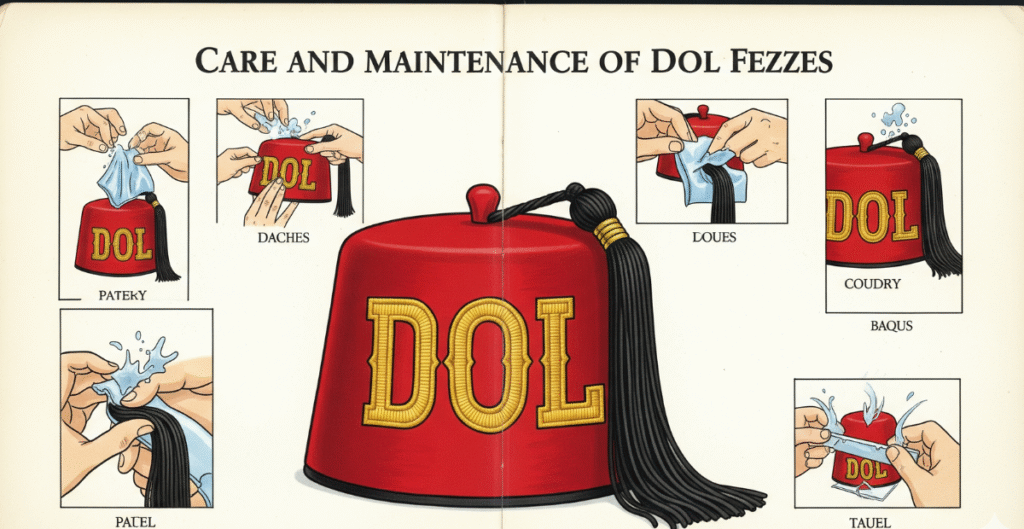
Owning a DOL fez comes with responsibility. The fabric, tassel, and embroidery all need care. Storing it in a dry place prevents mold and fading. Velvet and wool can lose their shape if pressed under heavy items, so proper storage boxes are often recommended.
Cleaning requires care as well. Gentle brushing removes dust without damaging the material. For embroidery, avoiding harsh chemicals protects the stitching. Many members pass their fezzes down through generations, so preservation matters. With the right care, a fez can last for decades and remain a proud family treasure.
YOU WILL LIKE : Masonic Knights Templar Regalia: History, Meaning, and Modern Use
Global Presence of DOL Fezzes

Although strongly connected to specific fraternities, the DOL fez has a global footprint. In the United States, it is used during ceremonies, parades, and conventions. In Europe, fezzes sometimes appear in community events linked to history and heritage. Each region adds its own small touches, but the core design remains the same.
In Africa and the Middle East, the fez carries cultural weight that extends beyond fraternal groups. This shows the hat’s long journey across continents and traditions. The DOL fez borrows from this rich background but also creates its own unique identity within the fraternity.
The Future of DOL Fezzes

The future of DOL fezzes depends on both tradition and adaptation. Fraternal groups continue to use them in rituals, but digital platforms now share their meaning with a wider audience. Photos of parades and ceremonies on social media spark new interest among younger generations.
There is also a chance for fashion and history to meet. Some designers experiment with fez-inspired looks, keeping the symbol alive in modern clothing. While styles may change, the fez’s role in the DOL remains steady. It will likely continue to be a link between old traditions and new expressions.
Faq”s
What is a DOL fez?
A DOL fez is a traditional fraternal headwear, often red with a tassel and embroidery.
Why do DOL members wear fezzes?
They wear it to show unity, rank, and respect for tradition.
Are all DOL fezzes the same color?
No, colors can differ based on role, rank, or ceremony.
How are DOL fezzes made?
They are made from wool, felt, or velvet with embroidery, either handmade or machine-stitched.
Are fezzes still used today?
Yes, DOL fezzes are still worn in ceremonies, parades, and cultural events.
Conclusion
The Complete Guide to DOL Fezzes shows that this headwear is not just fabric. It is a piece of history, culture, and brotherhood. From its origins to its modern use, the fez tells a story of identity and pride. Preserved by members, collectors, and communities, it continues to connect the past with the present. In a world where traditions fade quickly, the DOL fez stands as a lasting symbol of unity and respect.



